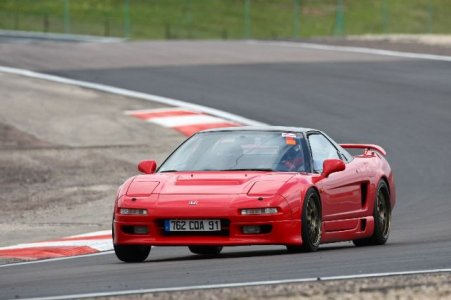My rear Yokohama slicks ( 250/650*18) wear out quickly on the outside.
In fact the wear concentrates on the last inch or inch and a half???
I've tried low hot pressures ( 1.9 kg) to high pressures (2.3 kg) but nothing seems to work?
The tyres run on wheels that are 9.5 inch wide.
The last time I set the camber it was at -2°20' on both sides.
I believe it's maybe higher now as the car sits a little lower than before.
In any case the road tyres wear out strongly from the inside.
Do the Yokohama's required even more camber?
As I drive the car to the tracks that's not an option.
Any advice?
Thanks
John
In fact the wear concentrates on the last inch or inch and a half???
I've tried low hot pressures ( 1.9 kg) to high pressures (2.3 kg) but nothing seems to work?
The tyres run on wheels that are 9.5 inch wide.
The last time I set the camber it was at -2°20' on both sides.
I believe it's maybe higher now as the car sits a little lower than before.
In any case the road tyres wear out strongly from the inside.
Do the Yokohama's required even more camber?
As I drive the car to the tracks that's not an option.
Any advice?
Thanks
John







